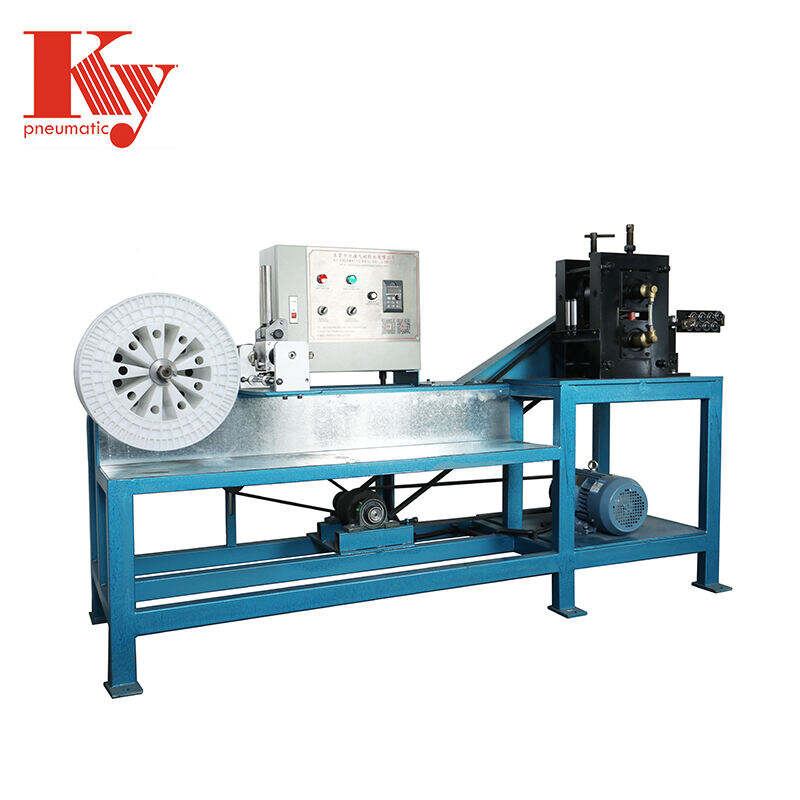Working principle of hydraulic machine
Working principle of hydraulic machine. The areas of large and small plungers are S2 and S1 respectively, and the forces acting on the plungers are F2 and F1 respectively. According to Pascal's principle, the pressure of the closed liquid is equal everywhere, that is, F2/S2=F1/S1=p; F2=F1(S2/S1). It represents the gain effect of hydraulic pressure. Like mechanical gain, the force increases, but the work does not increase. Therefore, the movement distance of the large plunger is S1/S2 times the movement distance of the small plunger.
KY Pneumatic Nail tells you: The basic principle is that the oil pump delivers hydraulic oil to the integrated cartridge valve block, and distributes the hydraulic oil to the upper or lower chamber of the cylinder through each one-way valve and overflow valve. Under the action of high-pressure oil, the cylinder moves. Hydraulic machine is a device that uses liquid to transmit pressure. When liquid transmits pressure in a closed container, it follows Pascal's law. The hydraulic transmission system of the four-column hydraulic machine consists of a power mechanism, a control mechanism, an actuator, an auxiliary mechanism and a working medium. The power mechanism usually uses an oil pump as the power mechanism, generally a cumulative oil pump. In order to meet the requirements of the actuator movement speed, one or more oil pumps are selected. A gear pump is used for low pressure (oil pressure less than 2.5MP); a vane pump is used for medium pressure (oil pressure less than 6.3MP); a plunger pump is used for high pressure (oil pressure less than 32.0MP). Pressure processing and forming of various plastic materials, such as extrusion, bending, drawing of stainless steel plates and cold pressing of metal parts. It can also be used for pressing powder products, grinding wheels, bakelite, and resin thermosetting products.

 EN
EN
 AR
AR
 BG
BG
 CS
CS
 FI
FI
 FR
FR
 DE
DE
 EL
EL
 HI
HI
 IT
IT
 JA
JA
 KO
KO
 PL
PL
 PT
PT
 RU
RU
 ES
ES
 TL
TL
 ID
ID
 LT
LT
 SR
SR
 UK
UK
 VI
VI
 SQ
SQ
 GL
GL
 HU
HU
 MT
MT
 TH
TH
 TR
TR
 AF
AF
 MS
MS
 AZ
AZ
 KA
KA
 BN
BN
 LO
LO
 LA
LA
 MI
MI
 MN
MN
 NE
NE
 KK
KK
 UZ
UZ

